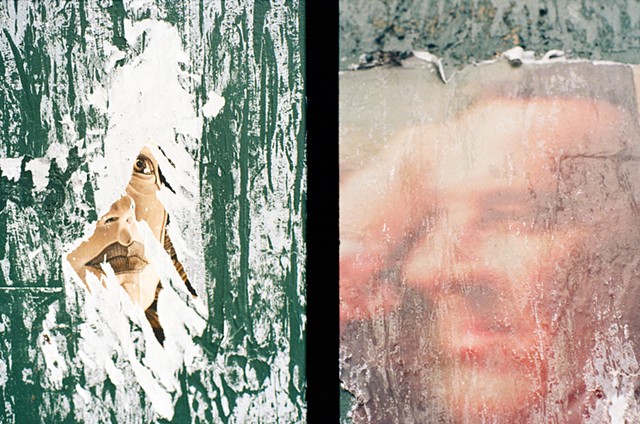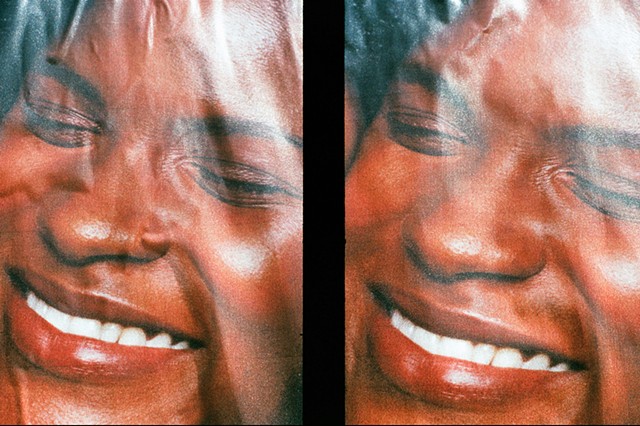Green Walls
“From the ‘City Council City of New York, transcript of the minutes of the Committee on Housing and Buildings, April 30, 2013”
Commissioner Robert Limandri: Well, currently today I do think that what we’re looking for is consistency. There have been conversations that blue is an interesting choice and so is green. What we are looking for is a color that, is you know, what maybe psychologists think are soothing colors. And so we chose green.
...
Construction walls in New York City are a nexus of images, a wildly variable interchange crowded with opposed designs: private and public; corporate and communal; civic and social. The conceptual layers are as dense as the visual patterns that result from this ongoing flux. These green walls are pure surface, existing to indicate a boundary where none is present, producing a barrier as much as declaring abstract ownership. As soon as the wall goes up its surface becomes a living argument, a competition for physical and imaginative space.
When the nearly 100-year-old building across from where I work was razed in early 2022, I began to document some of the haphazard compositions that unfolded throughout the day with the “guerrilla marketing” wheat paste ads on the wall enclosing its perimeter. After photographing a few wider portraits of collage-like segments, I was drawn closer to the surfaces themselves and, ultimately, to the traces of human presence found there—flashes of ephemeral intimacy in the glossy barrage of products. These “photos of photos” add yet another layer to the transformation.
Using a half-frame 35mm film camera that exposes 18 x 24mm negatives, I typically compose diptychs of iterations of the same image, getting as close as possible to accentuate the surface details: wrinkles, wet glue, seams, and rips. Most of the ads are displayed in multiples, and variations are found in these surface details. Many of the source images appear in several compositions as fragments of layers reappear when outer layers are torn off or removed.
In June of 2023, the green wall was demolished and replaced by a chain-link fence. At the same time, news circulated that the entire construction project was “officially frozen” as “plans were deemed dangerous for the neighboring property” as well as “a variety of infractions, many involving non-maintenance of the construction fence [green wall].” The development company that purchased the lot for $12.5 million and demolished the three structures plans to sell the property.






















